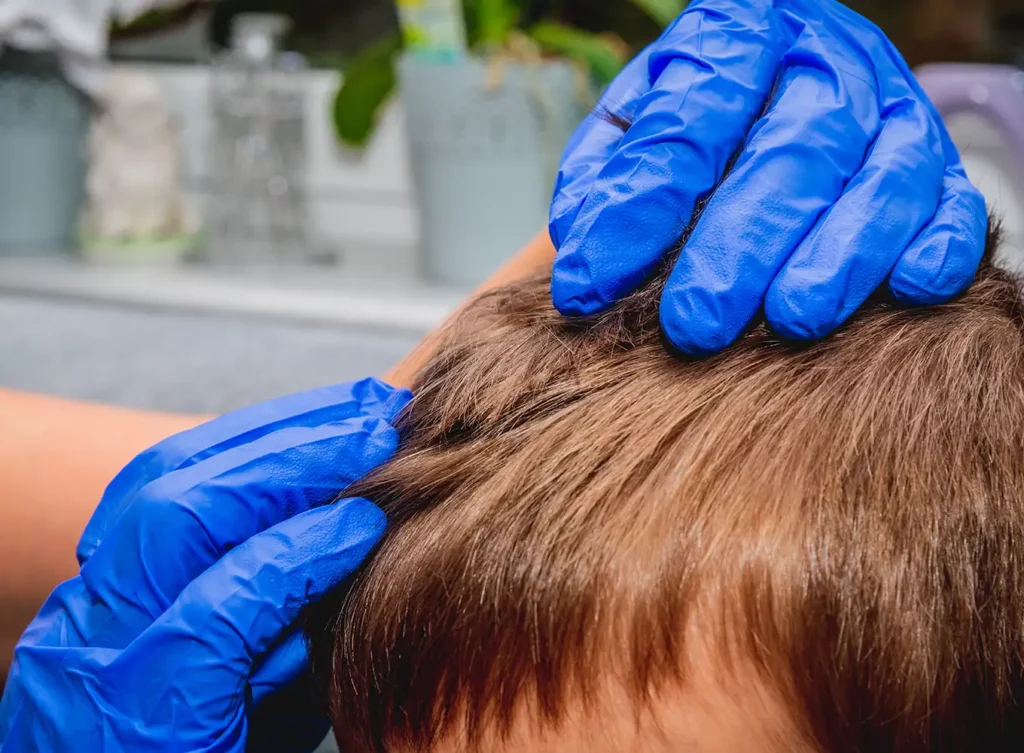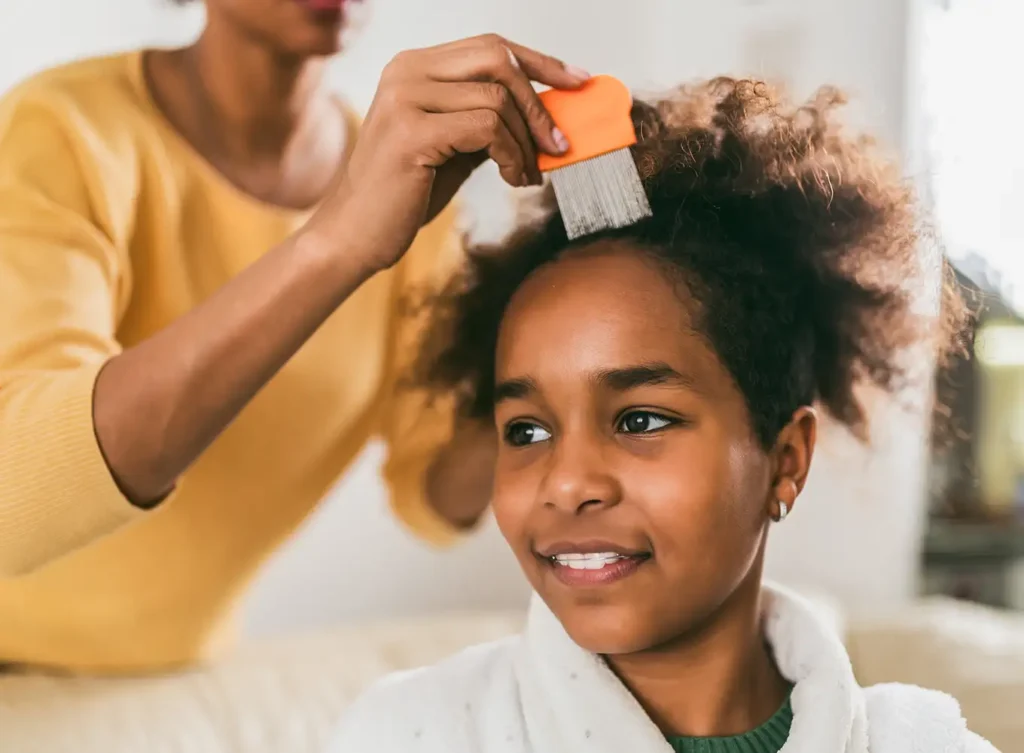Trust our Experts to Help You Understand What You Need to Know About Lice
Lice infestations can be a challenging and distressing experience, particularly for parents and caregivers. However, arming ourselves with knowledge about lice is essential to address the issue effectively. Understanding the facts about lice, their lifecycle, and transmission can help us dispel common misconceptions and avoid unnecessary panic. Educating ourselves on proven treatment methods is crucial in tackling lice infestations successfully and preventing their recurrence. While home remedies abound, seeking professional guidance and treatment from experts like the Lice Clinic of Metro East in Maryville, IL, ensures a comprehensive and safe approach. Our team of professionals provides a non-toxic and highly effective treatment option. Empower yourself with lice education and consider the expertise of the Lice Clinic of Metro East for a lice-free and worry-free experience.


Facts
Head lice are small, parasitic insects that commonly infest people’s scalps and hair, resulting in severe itching and irritation. They spread easily through close contact from one person to another, especially among children. Although they are not a significant health risk, they can be uncomfortable and difficult to eradicate. Here is what you should know:
- Lice spread mainly through head-to-head contact, and sharing clothing, bed linens, combs, and hats can also pass them along.
- Kids are more susceptible due to close physical contact and sharing personal items.
- Lice are tiny insects, ranging in size from 2-4mm, resembling a sesame seed and varying in color from grayish white to reddish brown.
- They need to feed every 2-3 hours, and when separated from a human host, they weaken and cannot survive for more than 24 hours.
- Lice have a life expectancy of 30 days and move rapidly, but they cannot jump or fly.
- About 50% of individuals with lice never experience itching, and those who do, only itch after 14 days of infestation.
- Lice found on dark-haired or dark-skinned individuals are typically darker than those on blonde-haired or lighter-skinned individuals.
- Lice eggs (nits) resemble tiny dark tadpoles, but after hatching, they appear light or white.
- Nits are glued to the hair shaft and won’t move when disturbed, making them resistant to brushing and washing.
- The female louse lays eggs twice a day, producing up to five nits each time, resulting in about 10 nits daily.
- Nits generally hatch within 7-10 days.
- Nits found on abandoned strands of hair have minimal chances of survival; they require heat and sustenance from the human scalp.
- Lice are human-specific parasites, depending solely on humans for survival, and cannot affect pets.
- Lice infestations are a leading cause of school absenteeism nationwide.
- Lice have a long historical presence, with references dating back to 16 B.C., and ancient Egyptians used various remedies to combat them.
Frequently Asked Questions
Navigating through a lice infestation can raise numerous questions. Our Lice FAQs section is designed to address your concerns and provide clarity. From understanding the signs of infestation to learning about our treatment methods, we aim to equip you with accurate information and guidance. Whether it’s about prevention, treatment, or post-treatment care, our comprehensive FAQs are here to help you make informed decisions and ensure a lice-free environment for you and your family.
How long is the incubation period for head lice?
Lice remain in the egg for about 10 days. This is why we recommend using our goop every ten days to kill them as they hatch.
How long are head lice in the Adolescent/Nymph Stage?
After hatching, head lice are in an adolescent stage, also known as nymphs, for another 10 days. They do not switch heads or reproduce during this time.
How long do head lice live off the head?
Head lice only live off the head for about 48 hours. They starve to death without a human food source.
What do head lice eat?
Head lice live off human blood.
Where do head lice come from?
Head lice evolved with humans and have been around as long as humans have been.
Why don’t prescription/over-the-counter lice treatments like Rid/Nix/Sklice work to kill head lice anymore?
Head lice can be resistant to pesticides in over-the-counter and prescription lice treatments. OTC head lice treatments kill about 30% of hatched lice, and prescriptions kill about 78% of hatched lice. You are killing enough of the adults that you can’t find them anymore and think that you killed all the lice. In 2 months, you’ve gone through two life cycles, and you’re back to the beginning.
Why doesn’t olive oil/mayo/Cetaphil/coke kill head lice?
Head lice can hold their breath for 19 hours, so they can survive most home remedies.
Why does Dimethicone work to kill head lice?
Dimethicone has a different molecular structure and head lice aspirate on it. Additionally, dimethicone interferes with the moisture regulation system of the bug.
Will the eggs or nits from head lice ever fall out?
No, head lice glue eggs/nits to the hair and they will not ever fall out. They need to be manually removed.
Are eggs and nits the same thing?
Yes, head lice lay eggs that are commonly known as nits.
Will nits hatch off the head?
No, nits need the warmth and humidity of the human scalp to hatch.
Are freshly hatched head lice contagious?
No. When head lice are first born, their claws are not big enough to wrap around a strand of hair, so they stay on the scalp. You would have to rub your scalp against someone else’s scalp to spread babies.
Do head lice prefer a certain blood type?
No. However, head lice can only feed on one blood type their whole lives. If they feed on a different type of blood, they will die.
Can you catch head lice from someone with a different blood type?
Yes. The mom louse moves over and lays eggs immediately before eating.
Do head lice like clean or dirty hair?
Head lice like all hair, so being clean or dirty doesn’t matter to them.
Do head lice like Black, Asian, or Hispanic hair?
Lice do not care about a person’s hair type. They love everyone.
If a person has short hair, can they catch head lice?
Yes. Head-to-head contact spreads lice regardless of hair length.
If I don’t itch, could I still have head lice?
Only 40% of people will have an allergic reaction to lice spit and itch. Not itching is NOT a good indicator of being lice-free.
Who is at risk if there is a known case of lice in the household?
Everybody living in the house is at risk. Head lice can live on furniture for up to two days and only need 3 seconds to switch heads.
Does Tea Tree Oil repel head lice?
Head lice are not bothered by tea tree oil. It *may* have worked in the past, but not anymore.
Will ponytails prevent head lice?
Not well. A ponytail leaves a lot of loose hair, especially if the person has long hair. It’s slightly better than nothing. Buns and braids are best for head lice prevention or a haircut close to the scalp such as a buzz cut or short pixie.
Do head lice go into mattresses or pillows?
Head lice only remain on top of surfaces. They cannot go through the fabric, including bed sheets.
Should I throw away my pillows because of head lice?
Lice will not go through the pillowcase. If you’re worried, they can go in the dryer for 45 minutes on high, or vacuum or lint roll them.
Do I need a new mattress because of head lice?
Lice cannot go through sheets. If you’re worried, you can vacuum, or lint roll your mattress.
Will the Rid or Nix furniture spray work to kill head lice?
Head lice sprays use the same pesticide as the hair treatment, and neither of them kill all the lice. Vacuuming or lint rolling is safer than spreading pesticide across your house.
After head lice, do I have to wash all the clothes in my closet?
Head lice die after 48 hours off the head. Aside from other cleaning, you do not have to wash all the clothes in your closet, just those items worn in the last 48 hours.
Can head lice crawl up the furniture and get back into my hair?
Head lice are very bad at crawling up furniture. They are usually held to cloth by static cling.
How do you know how long you’ve had head lice?
The nits lowest down on the hair shaft give us a time estimation of how long you’ve had head lice. Lice lay eggs near the scalp, and hair grows 1/2 inch per month. One inch of nits = two months of lice.
If someone doesn’t wash their hair, will they have more head lice than someone who does wash their hair?
Washing hair will dislodge some of the adult lice. It will *not* get rid of lice, but more adults remaining can lay more eggs, which will grow into adults, and so on. Therefore, someone who does not wash their hair will generally have more head lice than someone who does.
Will a hair dryer or straightener kill head lice?
No, hair dryers do not have set temperatures and will either not be hot enough to dehydrate the eggs or will be too hot and burn your scalp. While hair straighteners get hot enough to kill eggs and lice, getting the straightener close enough to your scalp to kill eggs would also burn you.
I combed for hours—why isn’t the head lice gone?
5-10% of head lice nits are laid against the scalp. The hair must grow out for the comb to fit under the nits. That’s why you must comb every day for weeks to make sure head lice is gone. Combs with more space between tines will not catch every nit, which is why you should use a professional lice comb.
Do I have to tell our friends my child had head lice?
YES. Lice spread within 3 seconds, so you need to tell anyone you’ve spent time with.
I was exposed to head lice, so why didn’t I catch it?
There are many reasons why a particular person does not catch head lice. Some of it is luck, while some of it is blood PH and chemistry. Haircuts, levels of physical contact with family members, sharing hair supplies, and bed-sharing also affect the spread of lice. More contact means more opportunities to catch lice.
If my child has head lice, how likely are other family members to have lice as well?
Current numbers are 50% of siblings, 80% of primary caregivers, and 20% of secondary caregivers will have head lice.
Why are primary caregivers more likely to catch head lice?
When you brush your child’s hair for lice treatment or for daily maintenance, you cause a static charge that can stick head lice to your clothes. Then when you take off your shirt, you get them in your hair.
How can I safely perform a head lice check at home?
To avoid catching head lice while performing a head check, put your hair into a bun and lint roll yourself after the head check is completed.
Why are nits different colors?
Nits will be a similar color to the hair when they are first laid. Dyed hair will have dyed nits that are still viable. Once nits hatch, they turn a whitish color because the baby is gone.
Why do nits pop when I squeeze them?
Nits have an eggshell like any other egg and you can feel it break. A “popping” nit does not mean the egg was viable, just that you crushed the eggshell.
How many eggs can a head louse lay?
An adult louse can lay 2-10 eggs per day, but she only needs to mate once to lay eggs forever.
How long does lice removal take?
Up to 90 minutes, but usually only an hour is needed for our professional lice treatment.

